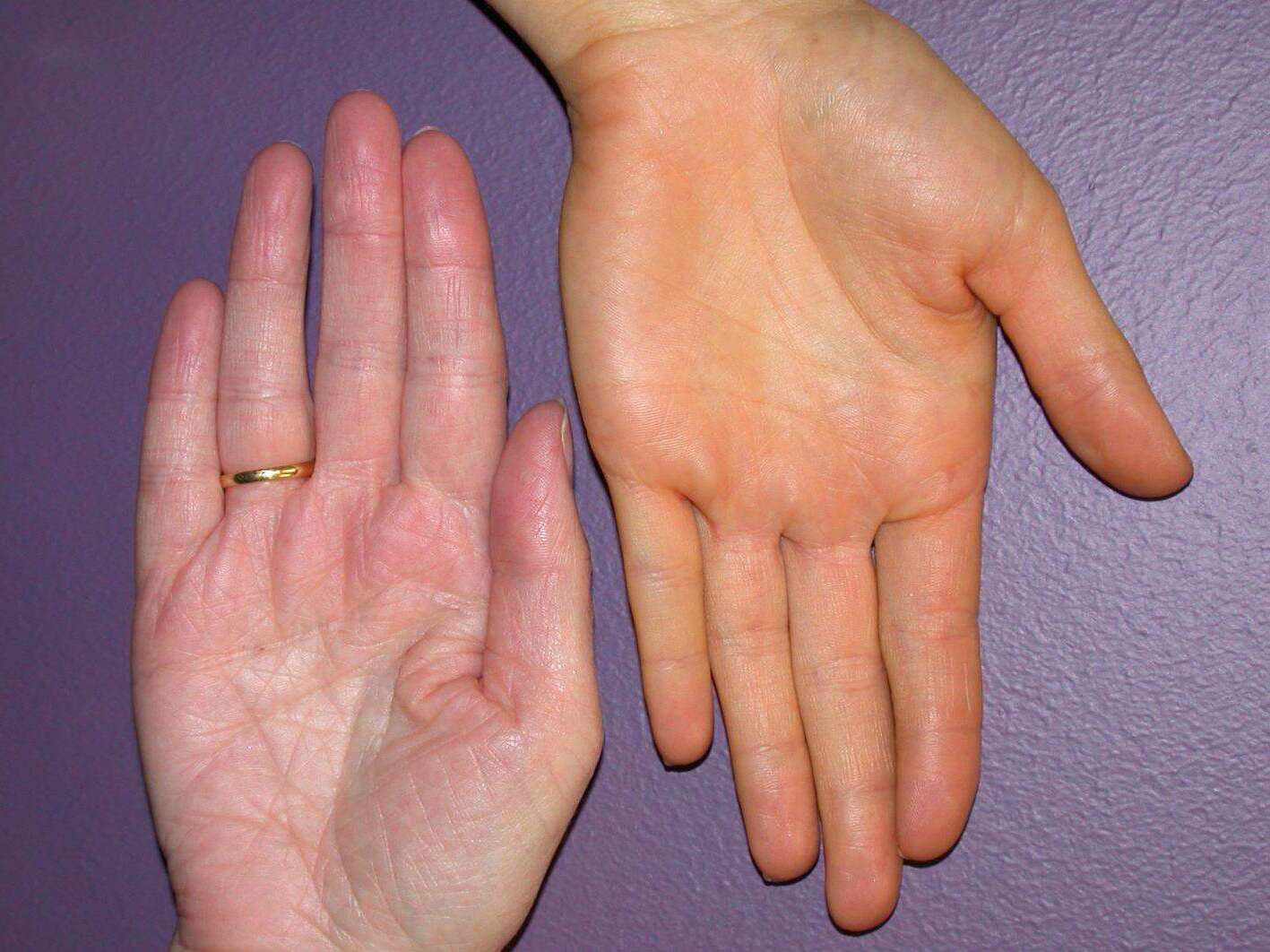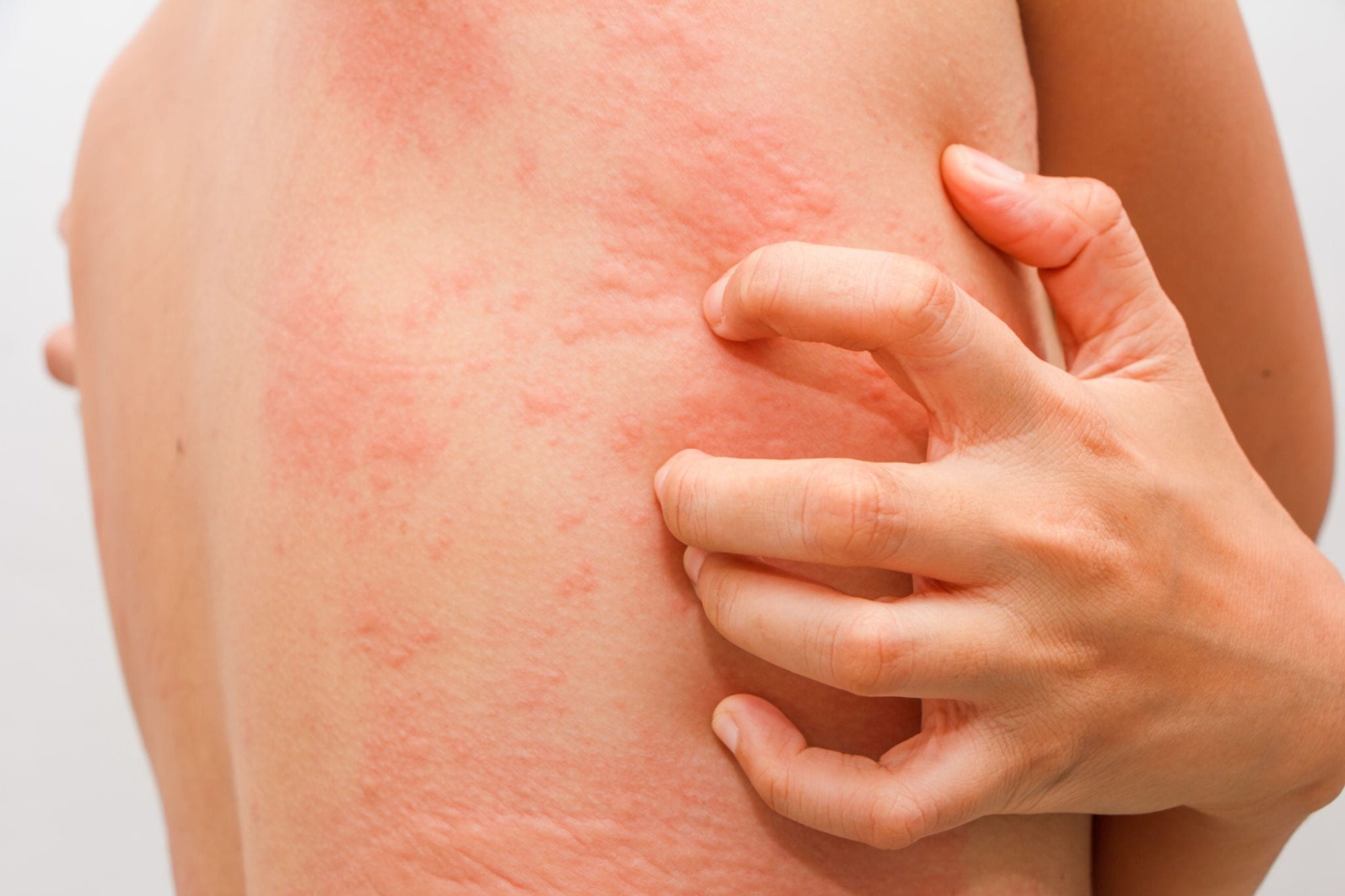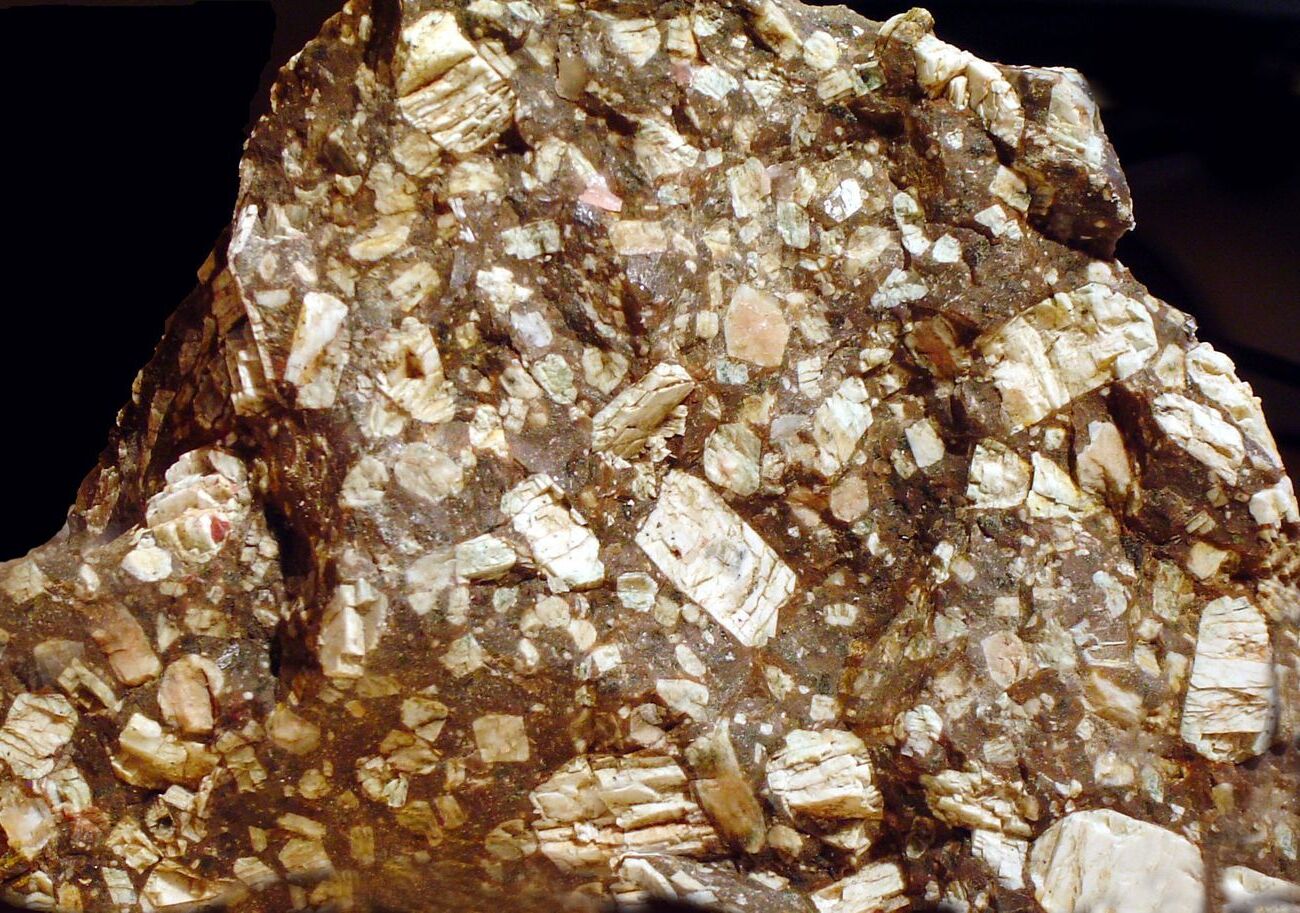
Have you ever noticed your skin turning a surprising shade of orange-yellow after munching on too many carrots or sweet potatoes? You might be experiencing carotenemia, a harmless condition caused by an excess of dietary carotenoids. Often mistaken for jaundice, carotenemia is distinct because it doesn't affect the whites of your eyes. This quirky skin change is more common in children, especially those who love their veggies. While it might look alarming, there's no need to worry—carotenemia is completely reversible. Simply cutting back on carotene-rich foods will gradually return your skin to its normal hue. Let's dive into the fascinating world of carotenemia and uncover 40 key facts about this colorful condition.
Key Takeaways:
- Carotenemia is a harmless condition causing yellow-orange skin due to eating too many carotenoid-rich foods like carrots and sweet potatoes. It's more common in children and vegetarians.
- Treatment is simple: stop eating excessive carotenoid-rich foods. The skin color will return to normal over time. It's important to distinguish carotenemia from jaundice for accurate diagnosis.
What is Carotenemia?
Carotenemia, also known as carotene dermatitis or carotenoderma, is a fascinating condition where the skin takes on an orange-yellow hue. This happens due to an excess of dietary carotenoids. Let's dive into some interesting facts about this condition.
-
Definition: Carotenemia is a condition where the skin turns orange-yellow due to high levels of carotenoids in the blood.
-
Causes: The primary cause of carotenemia is excessive dietary intake of carotenoids, which can come from foods like carrots, sweet potatoes, and squash.
-
Mechanisms: There are three main mechanisms involved in hypercarotenemia: excessive dietary intake of carotenoids, increased serum lipids, and decreased metabolism of carotenoids.
Dietary Sources and Absorption
Understanding where carotenoids come from and how they are absorbed can help explain why carotenemia occurs.
-
Dietary Sources: Carotenoids are found in various fruits and vegetables, including carrots, sweet potatoes, squash, green beans, papaya, mango, and tomatoes.
-
Absorption Factors: The absorption of carotenoids is influenced by factors such as fiber content of the plant and the particulate size of the food. Cooking, pureeing, or mashing fruits and vegetables ruptures cell membranes, increasing bioavailability.
-
Pancreatic Lipase and Bile Acids: Pancreatic lipase and bile acids aid in the absorption of carotenoids, which is crucial for their conversion to vitamin A in the mucosal cells of the small intestine.
Who is Affected?
Carotenemia can affect anyone, but certain groups are more prone to developing this condition.
-
Prevalence: Carotenemia is more common in children, especially infants and young children who consume high amounts of carotene-rich foods through commercial infant food preparations.
-
Age of Presentation: While carotenemia can occur at any age, it is most commonly seen in young children and infants due to their high intake of carotene-rich foods.
-
Vegetarian Diet: Vegetarians are more likely to develop carotenemia due to their higher consumption of plant-based foods rich in carotenoids.
Symptoms and Diagnosis
Recognizing the symptoms and understanding how to diagnose carotenemia is crucial for distinguishing it from other conditions.
-
Symptoms: The condition is characterized by yellow-orange pigmentation of the skin, particularly noticeable in areas with increased sweating and thickness of the stratum corneum, such as the palms, soles, knees, and nasolabial folds.
-
Sclerae Sparing: One of the key differentiating features between carotenemia and jaundice is that the sclerae are always spared in carotenemia, indicating that bilirubin levels are not elevated.
-
Artificial Light: The yellow pigmentation is more easily observed under artificial light, which helps in diagnosing the condition.
Associated Conditions
Certain medical conditions can increase the likelihood of developing carotenemia.
-
Hyperlipidemia: Increased serum lipids can also cause hypercarotenemia by increasing circulating lipoproteins that contain bound carotenoids.
-
Metabolic Issues: Certain disease states, such as hypothyroidism and anorexia nervosa, can slow down the metabolism and conversion of carotenoids to retinol, leading to decreased clearance and increased plasma levels.
-
Thyroid Hormone: Thyroid hormone plays a role in the metabolism of carotenoids. Hypothyroidism can slow down this process, leading to increased levels of carotenoids in the blood.
Treatment and Management
Carotenemia is generally harmless and can be managed with simple dietary changes.
-
Treatment: Carotenemia is harmless and does not require treatment. The condition resolves on its own once the high intake of carotenoids is discontinued. It may take several months for the skin color to return to normal.
-
Infants and Children: Infants and children should not be taken off prescribed vitamin supplements unless advised to do so by a pediatrician, as these supplements are essential for their health.
-
Secondary Carotenoderma: Secondary carotenoderma is caused by underlying disease states that increase serum carotenoids with normal oral intake of these compounds. This type can coexist with primary carotenoderma in the same patient.
Interesting Cases and Studies
There have been numerous case reports and studies that provide insight into carotenemia.
-
Case Reports: There have been numerous case reports of carotenemia associated with various dietary sources, including commercial infant food preparations, nutritional supplements, and excessive consumption of specific fruits and vegetables.
-
Epidemiology: While prevalence data is scarce, carotenemia is not an uncommon presentation to pediatricians and family physicians. A Sri Lankan study found a prevalence of 2% among 615 children on a high carotenoid-containing diet.
-
Age Variability: The age of presentation varies, but it primarily presents in children. A study from Glasgow found that the median age at presentation was 13 months, with a range of 7 months to 11 years.
Differentiating from Other Conditions
It's important to distinguish carotenemia from other conditions that cause skin discoloration.
-
Differential Diagnosis: The main differential diagnosis for carotenemia is hyperbilirubinemia, which causes jaundice. Carotenemia can be distinguished by the sparing of the sclerae and the characteristic yellow-orange pigmentation under artificial light.
-
Lycopene Consumption: Excessive consumption of lycopene, a plant pigment similar to carotene found in tomatoes, can cause a deep orange discoloration of the skin, similar to carotenemia.
-
Argyria and Chrysiasis: Argyria (blue or bluish-grey skin color due to silver exposure) and chrysiasis (greyish skin color due to gold exposure) are irreversible conditions that should be differentiated from carotenemia.
Conclusion
Carotenemia is a benign and reversible condition caused by excessive dietary intake of carotenoids. Understanding the causes and mechanisms of carotenemia is crucial for accurate diagnosis and management.
-
Generalized Discoloration: While carotenemia is most prominent in areas like the palms and soles, it can also cause generalized discoloration of the skin.
-
Clinical Presentation: The condition is characterized by yellow pigmentation of the skin that is more pronounced under artificial light. The yellow pigmentation often appears first on the tip of the nose, palms, soles, and nasolabial folds, extending gradually over the entire body.
-
Deposition in Stratum Corneum: Carotenoids are deposited in the intercellular lipids of the stratum corneum, which is why the condition is more noticeable in areas with increased sweating and thickness of this layer.
-
Higher Prevalence in Certain Groups: Carotenemia has been found to have a higher prevalence among children with mental disabilities, possibly due to different feeding practices compared to healthy children.
-
Pathophysiology: Carotenoids are organic hydrocarbons mainly found in plant sources. The pathophysiology involves the ingestion of excessive amounts of carotenoids, which are then deposited in the skin, causing the characteristic yellow pigmentation.
-
Hyperlipidemia Association: Many individuals with hyperlipidemia have increased serum carotene levels, although only a small percentage develop yellowing of the skin.
-
Hypothyroidism Association: Carotenemia can be associated with hypothyroidism due to a deficient conversion of carotene into vitamin A and hypercholesterolemia.
-
Anorexia Nervosa Association: Anorexia nervosa is also associated with carotenemia due to hypercholesterolemia and a reversible defect in carotene to vitamin A conversion.
-
Dietary Habits: The condition may also be associated with restricted dietary habits or a deficient hepatic conversion of carotene into vitamin A.
-
Clinical Importance: Carotenemia is important to diagnose correctly to avoid confusion with jaundice and unnecessary worry and costly workups. Dermatologists and general physicians should be aware of diet-related carotenemia to provide accurate diagnoses.
-
Foods Associated with High Carotenoid Levels: Foods such as carrots, sweet potatoes, squash, green beans, papaya, mango, and tomatoes are commonly associated with high levels of carotenoids.
-
Nutritional Supplements: Ingestion of carotene-rich nutritional supplements can also lead to carotenemia, especially in individuals taking high doses for health benefits.
-
Increased Serum Lipids: Increased serum lipids can also cause hypercarotenemia by increasing circulating lipoproteins that contain bound carotenoids.
-
Metabolism of Carotenoids: Certain disease states, such as hypothyroidism and anorexia nervosa, can slow down the metabolism and conversion of carotenoids to retinol, leading to decreased clearance and increased plasma levels.
-
Vegetarian Diet: Vegetarians are more likely to develop carotenemia due to their higher consumption of plant-based foods rich in carotenoids.
-
Age of Presentation: While carotenemia can occur at any age, it is most commonly seen in young children and infants due to their high intake of carotene-rich foods.
Understanding Carotenemia
Carotenemia is a harmless condition where your skin turns orange-yellow due to eating too many carotenoid-rich foods like carrots and sweet potatoes. It’s often mistaken for jaundice, but unlike jaundice, carotenemia doesn’t affect the whites of your eyes. Kids, especially those on commercial baby foods, are more prone to it. Vegetarians and people taking high doses of carotenoid supplements can also develop this condition.
The good news? Carotenemia is reversible. Just cut back on those carotenoid-packed foods, and your skin will return to its normal color in a few months. No need for medical treatment.
Understanding the difference between carotenemia and more serious conditions like jaundice can save you from unnecessary worry and medical tests. So, if you notice your skin turning a bit orange, think about what you’ve been eating before you panic.
Frequently Asked Questions
Was this page helpful?
Our commitment to delivering trustworthy and engaging content is at the heart of what we do. Each fact on our site is contributed by real users like you, bringing a wealth of diverse insights and information. To ensure the highest standards of accuracy and reliability, our dedicated editors meticulously review each submission. This process guarantees that the facts we share are not only fascinating but also credible. Trust in our commitment to quality and authenticity as you explore and learn with us.


